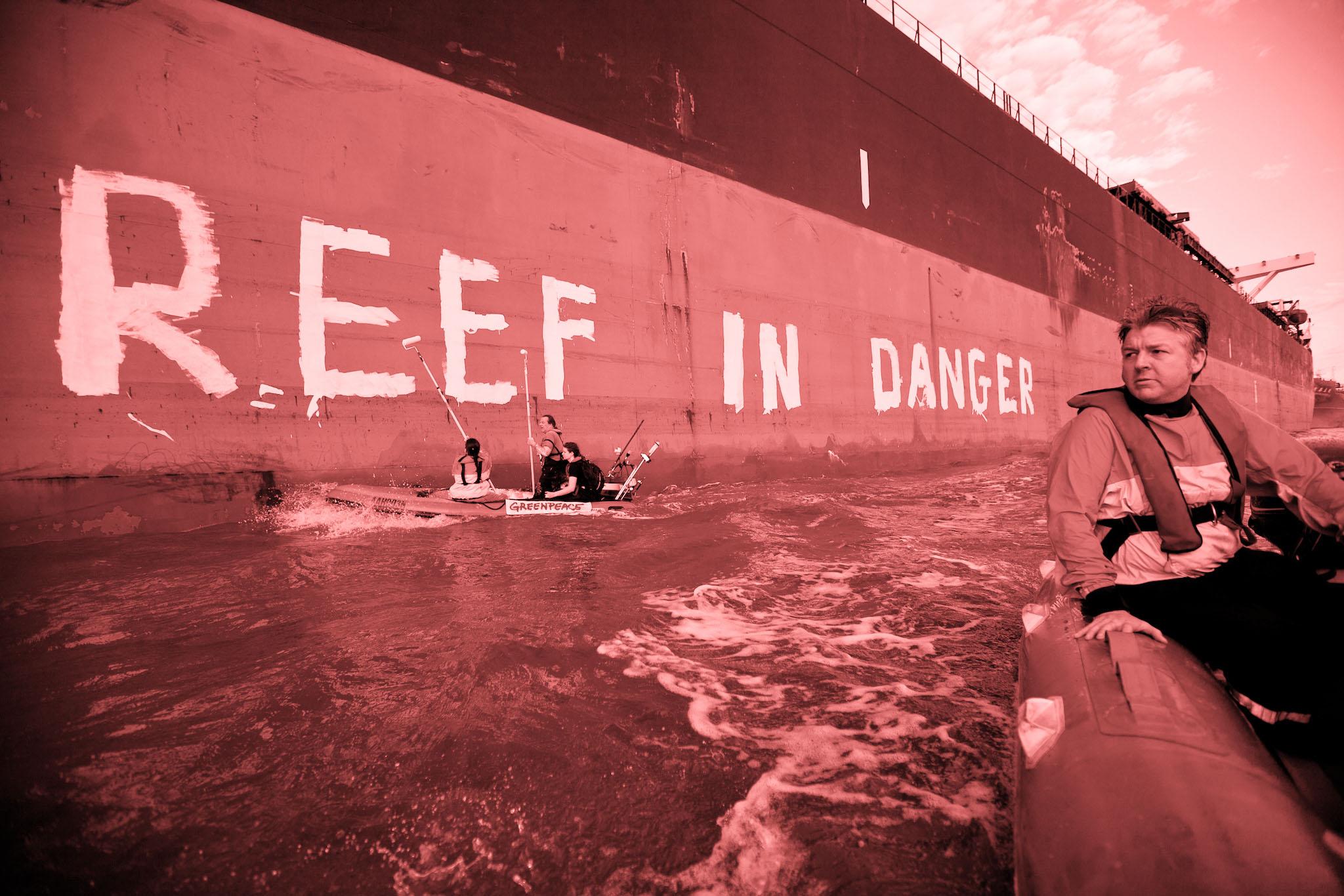Great Barrier Reef: Is the Earth's biggest living thing really dying?

In recent years, the Great Barrier Reef has grabbed headlines after several people claimed the natural wonder to be dead.
In a 2016 article “Obituary: Great Barrier Reef (25 Million BC- 2016)” , writer Rowan Jacobsen pronounced the jewel of the Australian coastline dead after a long illness.
“With such extraordinary diversity of life and landscape, it provided some of the most thrilling marine adventures on earth to humans who visited. Its otherworldly colours and patterns will be sorely missed,” writes Jacobsen.
“No one knows if a serious effort at the time could have saved the reef, but it is clear that such no effort was made,” writes Jacobsen.
Writer Rich Landers of The Spokesman-Review also announced that scientists had pronounced the Great Barrier Reef dead.
However, both claims could be misleading: there is a huge difference between ‘dead’ and ‘dying’.
The Reef is the world’s largest natural living structure. Covering over 1,429 miles of the Queensland coast, the reef stretches from the north tip of Cape York Peninsula down to the south city of Bundaberg.
It is home to over a thousand different types of marine life: 1400 types of hard coral, one third of the world’s soft coral, 1,625 species of fish, over 3000 species of molluscs, 630 types of starfish/sea urchins, 14 species of sea snakes, 215 types of birds, 133 different types of sharks and rays, 30 species of whales and dolphins, six out of seven species of marine turtles, and many species still undiscovered.
Due to the colourful marine life, the Reef is also one of the most popular tourist sites for scuba divers visiting Australia.
“The Reef supports a huge variety of marine biodiversity and an estimated 69,000 Australian jobs, and provides $7 billion to the Australian economy every year,” reads a report from the Australian Climate Council.
With the massive variety of aquatic life both making up and living in the Reef, it is hard to image something so great having such a sudden death.
In fact, the damage is not sudden, but is a result of ongoing harm inflicted on the Reef by multiple factors.
And the Great Barrier Reef is not dead, but it is dying.
According to the Great Barrier Reef Foundation, the human influence has caused a 50% decline in the overall coral bed from 1985 to 2012.
“The cumulative effect of these threats weakens the Reef’s resilience, affecting its ability to recover from serious disturbances predicted to become more frequent in the future,” writes the foundation.
Natural occurrences, such as Cyclone Debbie on 28 March 2017, have also added to the rising damage to the Reef causing breaking and uplifting of the coral.
However, these do not account for the intense coral bleaching events that have occurred in recent years.
The National Ocean Service defines coral bleaching as the expelling of the symbiotic algae living in the coral’s tissue, resulting in the coral turning completely white.
Coral bleaching can occur when the typical summer temperature of local waters increases an exceed maxima by 1°C.
C Mark Eakin of the National Oceanic and Atmospheric Administration in the United States explains, “Climate has warmed rapidly in the past years, first making El Ninos dangerous for the corals, and now we’re seeing the emergence of the bleaching in every hot summer.”
The ocean temperature has increased by about 1 degree Celsius since the 1800s.
In 2016, an aerial and underwater survey conducted by the Australian Climate Council revealed that of the 911 reefs surveyed, 81% of the northern sector, 33% of the central sector and 1% of the southern sector experienced severe bleaching.
“The current, ongoing mass bleaching event is the worst in the Great Barrier Reef’s history,” reads the report.
In 2017, the Australian Climate Council released a second report following the Reef’s second wave of mass coral bleaching. It was the first time in history the Reef experienced two consecutive bleaching occurrences.
The council concluded that the warming oceans are a result of the rising temperatures caused by the burning of coal, oil and gas.
“Human activities, primarily the emission of greenhouse gases from the combustion of fossil fuels, are driving climate change,” states the council. “Climate change is the greatest threat to the Great Barrier Reef.”
The back-to-back bleaching events in 2016 and 2017 has sent the Reef in a downward decline leaving parts of the coral beds completely unsalvageable.
According to a briefing released by the United Nations Educational, Scientific and Cultural Organization (UNESCO), the events in 2016 and 2017 increased the percentage of dead coral from 22% to 29% with an anticipated morality rate of 19%.
UNESCO has criticised the Australian Government for not taking greater steps to preserve the Reef since it was placed on their watch list in 2015.
As a result, the Australian Government adopted the Reef 2015 Plan, a $100 million project which looked to improve the water quality on the Reef.
However, in 2017, the government declared the project impossible and leaving the plan to be reviewed sometime in 2018.
“Meanwhile, the Australian Government continues to heavily subsidies the fossil fuel industry and is considering a loan of up to $1 billion to facilitate the construction of the Carmichael coal megamine,” writes UNESCO.
The Reef’s only chance for salvation sits with the Australian Government.
Government funding for new fossil fuel mining must come to a halt, the Reef 2050 Plan needs to be rewritten, and the country should adopt a climate change policy that would reduce the emission levels by 40-60% followed by 60-80%. Otherwise, the health of the Reef will continue to decline until it eventually stops dying and is officially declared dead.
Subscribe to Independent Premium to bookmark this article
Want to bookmark your favourite articles and stories to read or reference later? Start your Independent Premium subscription today.

Join our commenting forum
Join thought-provoking conversations, follow other Independent readers and see their replies